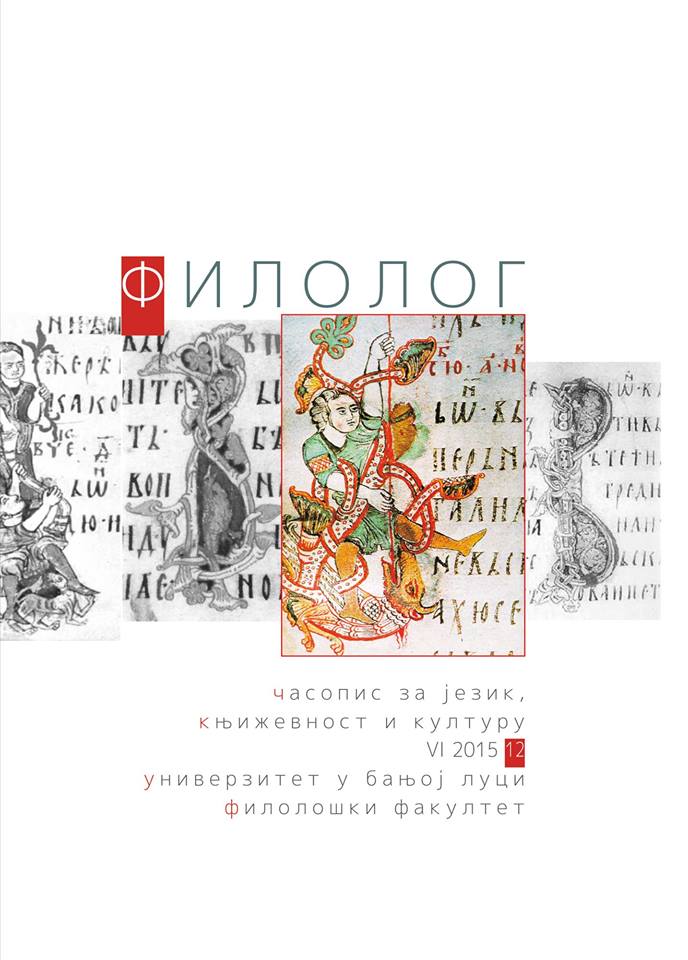Translation Intricacies – The Simpler the Approach, the More Complicated the Outcome
Translation Intricacies – The Simpler the Approach, the More Complicated the Outcome
Author(s): Dalibor M. KesićSubject(s): Language and Literature Studies, Foreign languages learning, Philology, Translation Studies
Published by: Филолошки факултет Универзитета у Бањој Луци
Keywords: translation; language; meaning; dictionary; equivalence; skopos; words;
Summary/Abstract: Translation is practically as old as writing itself, and for almost as long as humans have been writing they have been translating. The mechanical substitution of word units can be effective under certain conditions and up to a point. Some simple forms can be converted in this way from one language to another. But if translation were solely the replacement of words, the appropriate procedure would be to consult a bilingual dictionary. This can only be feasible if there is a certain amount of equivalence in-between the languages. However, if translations are supposed to bring in information that is new to a language or culture, then they cannot be expected to be naturally equal. That is, new ideas and concepts will eventually require new terms and expressions. The twentieth century saw a blossoming of diverse approaches, each inventing useful tools to facilitate the translation process. Unfortunately, none of them provide a comprehensive clue. Equivalence operates more at the level of beliefs, or fictions, while Hans Vermeer’s skopos postulates that the most important ingredient in any translation is its purpose, viewing the process as a communicative activity performed for a specific reason. Texts are written for a specific purpose, which greatly affects and determines what the best approach to their translation should be. Grammatical knowledge should also enable the translator to distinguish between optional and obligatory forms in the language, those matters that have to be expressed as such, and those that have alternatives. To understand the ambiguities and to avoid compounding them in the process of translating, we must dismantle the languages and look at the component parts. It is important to realize that while none of the existing approaches to translation on their own can yield an infallible model, they can provide adequate raw material that can be used to devise an informed and acceptable model to guide our practical work.
Journal: Филолог – часопис за језик, књижевност и културу
- Issue Year: 2015
- Issue No: 12
- Page Range: 263-271
- Page Count: 9
- Language: English

